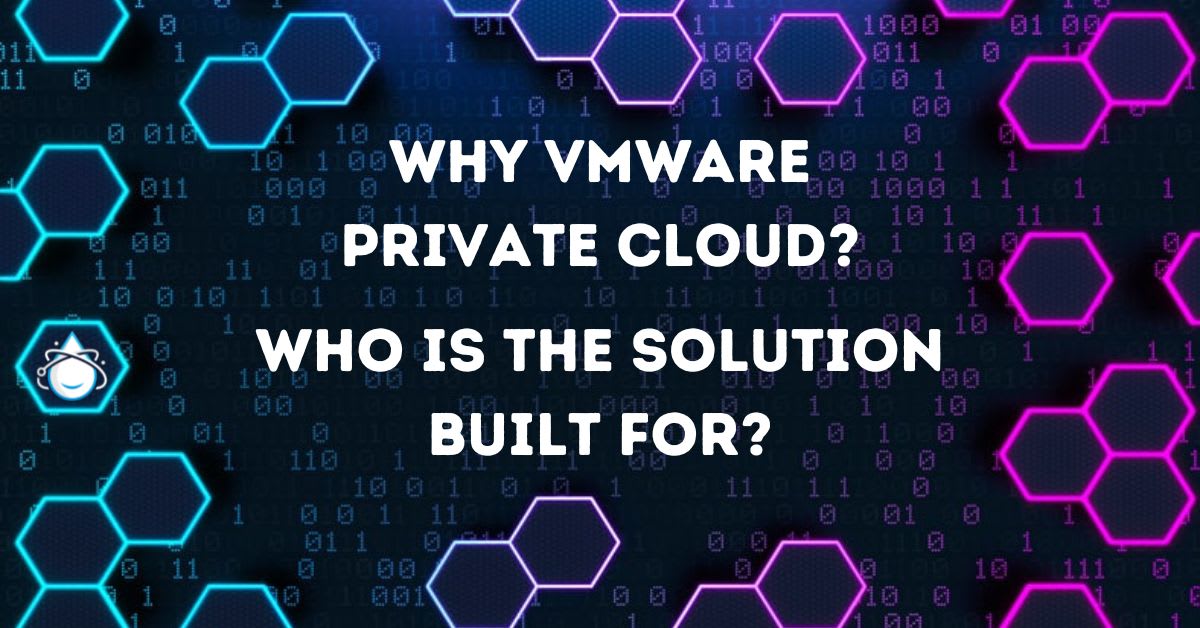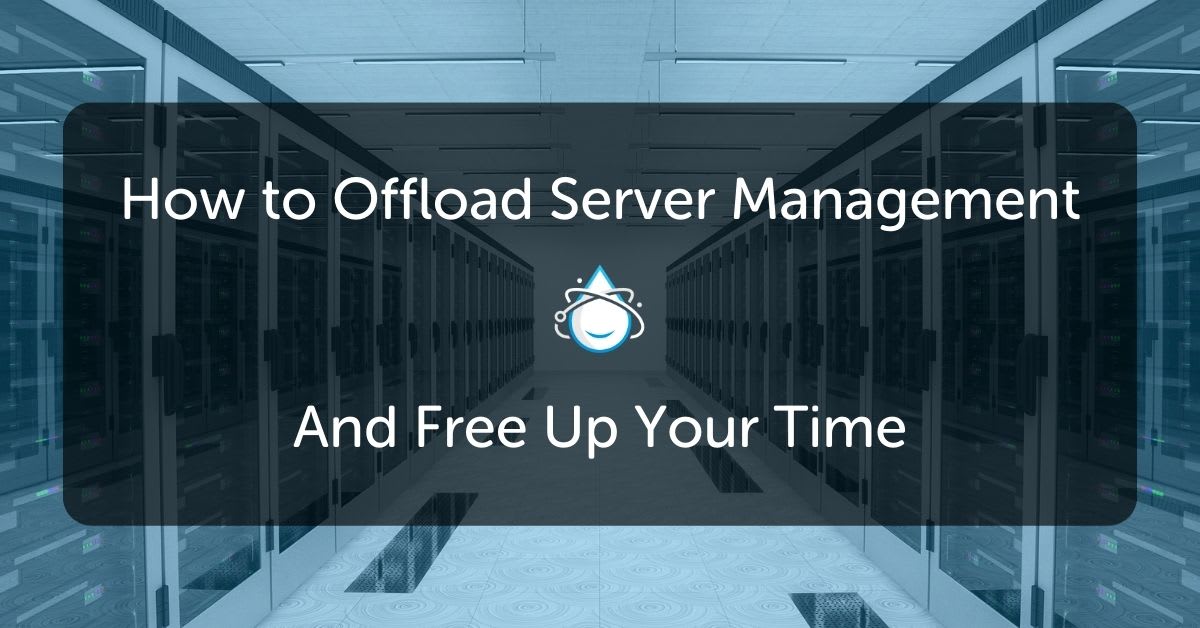
More than ever, companies of all sizes are turning to the cloud for both the internal features and services they need and those they offer their clients and customers. But before you can plan how to use it effectively, you should understand what sets the cloud apart from the on-premise IT infrastructures you may be accustomed to.
AWS became the first mainstream cloud computing provider in 2006 when they started selling access to off-site data storage and computing resources. This set the stage for what commercial cloud computing has become.
Below, we’ll look at different aspects of modern cloud computing. You’ll learn to address the benefits and challenges of the major approaches by looking at seven primary characteristics of cloud computing that make it the world’s favorite way to build and deploy business applications.
On-demand Self-service
What do providers like Google Cloud, Microsoft Azure, and AWS all share? First, they make resources available to users remotely, placing nearly anything just an API call or mouse click away.
They have data centers scattered all over the globe to make accessing them easy and efficient. And each has more computing and storage power standing by than the entire world could claim just a few decades ago. This was game-changing compared to the old way, where an on-site IT team could take months to bring new resources online.
But these are more just on-demand resources. They are self-service as well. Most cloud providers have a self-service portal where devs can choose the necessary tools and resources and assemble their new remote infrastructure in a few minutes. Within the limits the local admin sets, nearly anything is possible.
Resource Pooling
One way cloud providers make more efficient use of their massive banks of servers is by resource pooling or allowing a single physical server to handle the workloads of several clients at once.
Most use a mix of hardware and software tricks (called abstraction layers, in this context) to keep the data from mixing and each user’s access strictly where it belongs.
But suppose you want to have an entire server all to yourself, either for security reasons or to ensure your hosted resources never get sluggish at peak demand times. In that case, some providers like Liquid Web also offer dedicated server packages for a little extra cost.
Scalability and Elasticity
The key to optimizing resource pooling is ensuring the clients’ resources are scalable, ideally automatically. Many clients are on a pay-as-you-go system. If they suddenly have a surge of users, their cloud-hosted resources scale up as needed so that the end users never experience poor performance. This is called rapid elasticity, and it was a game changer for cloud resources when it was first developed.
On-premise architectures generally could not scale elastically or automatically simply because they had zero unused servers and no reason to develop software to spread the load that way. Few businesses wanted to pay for equipment that sat idle most of the time.
Pay-per-Use
One of the consequences of resource pooling, rapid elasticity, and near-infinite scalability is pay-per-use pricing structures. You aren’t renting access to a physical server anymore. Your work could be handled by a tiny corner of one device or a large bank, depending on your needs.
Generally, this is a positive development. Cloud providers can accommodate many more clients in the same physical infrastructure using pooled, elastic resources. Clever digital balancing acts mean that very few resources are truly sitting idle. They then pass those savings in cost down to the client.
However, you should still be careful. As your resource needs aren’t static, neither is your hosting bill. Therefore, you need to ensure your set-up automatically right-sizes itself. This means scaling down when not needed as rapidly as it scales up under strain.

Measured Service
Both cloud service providers and their customers need to know the resources they’re using and what they cost. VMs, bandwidth, processing cycles, and storage are all valid metrics for different purposes. Make sure the metrics you are basing your prediction on are the same ones your provider is using to bill you, though.
Resiliency and Availability
Hosted service and resource downtime are as much your cloud provider’s worst enemy as yours. Anything they can do to prevent downtime gives you better performance and a steady income stream.
However, outages and bottlenecks still occur, even with the best providers. There are a few things the customer can do to prevent disaster, including having a backup provider or platform. This can be expensive, but getting that risk as close to zero as possible is worth it. This is especially true when the alternative is the possibility of losing millions to downtime.
Security
Businesses initially shied away from cloud computing due to potential security concerns; however, the immense economy of scale sweeping through this realm makes it a highly attractive option. Moreover, by investing more in data protection than any single client can afford, cloud providers allow customers to take advantage of optimal safety features at little cost.
All that said, clients must still secure their public-facing applications or risk falling victim to costly and high-profile data breaches, as seen over recent years – an alluring reminder that proper cybersecurity measures are invaluable investments for organizations today.
In The End
Understanding these seven characteristics of cloud computing is critical to deciding which deployment model and provider are right for you. With so many choices on the market, it can be difficult to determine which solution is best for your company.
From on-demand self-service to pay-per-use, the benefits of cloud computing are hard to ignore. While some challenges come with using the cloud, it is a reliable and cost-effective solution for business application needs overall.
Ready to Deploy a Private Cloud?
Liquid Web’s VMware Private Cloud gives you cloud performance on fast, secure enterprise infrastructure. It’s like having your own personal data center that is fully managed, easy to migrate to, features a personalized login, and works on a simple and transparent pricing model. It is ideal for software vendors, agencies, and enterprises.
Private Cloud environments are built using multiple nodes and, thus, provide redundancy for the environment, eliminate downtime, and significantly improve disaster recovery time. These capabilities enable Liquid Web to provide Service Level Agreements (SLAs) with 100% guarantees for all private clouds.
[ad_2]
Source link






